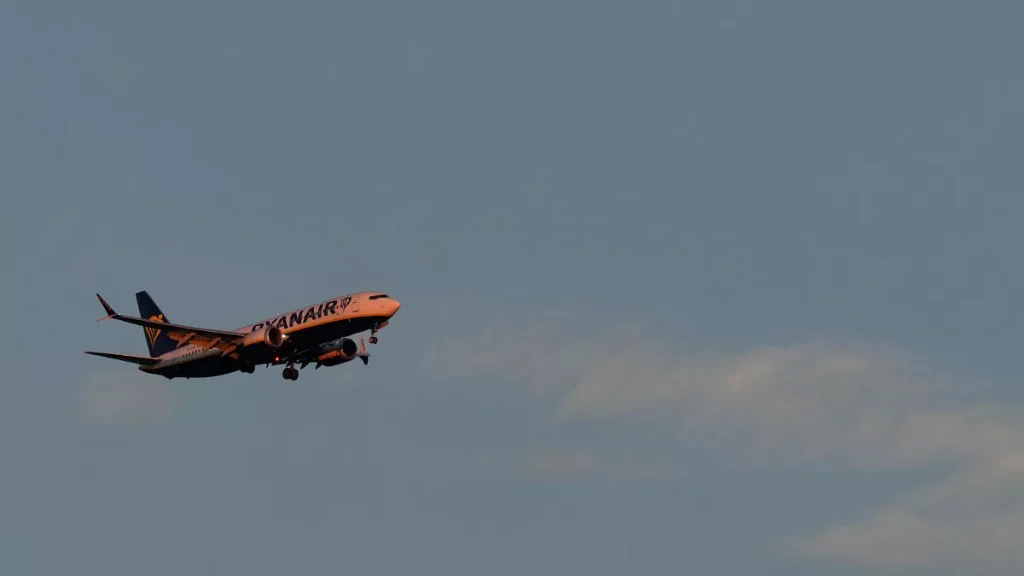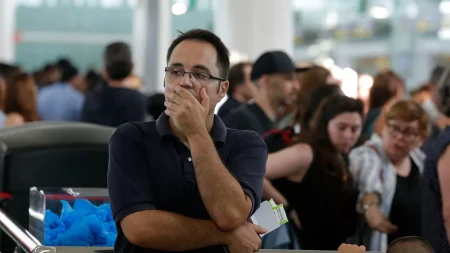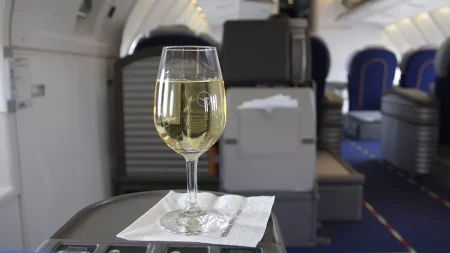Flight Delays: The Summer Struggle of 2023
Summer travel in 2023 painted a picture all too familiar for frequent flyers – delayed departures, crowded terminals, and the collective sigh of passengers checking their watches as scheduled departure times came and went. According to new data from Eurocontrol (the European Organisation for the Safety of Air Navigation), despite some improvements over previous years, the aviation industry still fell significantly short of its punctuality targets during the peak travel season. From June through mid-September, air traffic increased by 3.3 percent compared to last summer, even breaking records for the busiest days ever recorded in European airspace. On the busiest day, an astonishing 37,304 flights crisscrossed the continent’s skies – a testament to the robust recovery of post-pandemic travel, but also a strain on an already stretched system.
While the statistics show some positive trends – en-route flight delays declined by 31 percent, and overall punctuality improved with nearly 72 percent of flights departing on time compared to just 65 percent last summer – these improvements still weren’t enough to meet industry standards. The target for acceptable delays sits at 0.9 minutes per flight, yet this year’s actual figure was more than double that at 1.88 minutes per flight. Behind these seemingly small numbers lies the frustration of millions of travelers whose vacations, business meetings, and family reunions were disrupted by these delays. Eurocontrol didn’t mince words in identifying the root causes, pointing to “the ongoing structural lack of capacity, largely driven by a lack of air traffic control officers and air navigation service providers,” while also highlighting the need for improved airspace design and accelerated technological modernization.
The causes of these delays form a complex web of interconnected factors that plague modern aviation. Staffing shortages continue to be a significant issue across the industry, from air traffic control towers to airport security lines. While weather-related delays actually decreased by nearly half compared to previous years (a rare bit of good news), they still contributed significantly to overall disruptions. Other factors included worker strikes, IT outages that occasionally grounded entire fleets, and political instability in certain regions that complicated air traffic patterns. The summer season’s inherent busyness amplifies all these issues – when systems are operating at near capacity, even small disruptions can create ripple effects throughout the network. It’s like watching dominoes fall: a thunderstorm over Frankfurt might delay flights across half a dozen connecting cities hours later.
For passengers caught in these delays, understanding their rights becomes crucial. Currently, European law provides significant protections: if your flight is delayed by three hours or more, airlines must offer either an alternative flight, a full refund, and in many cases, financial compensation ranging from €250 for short-haul flights to €600 for long-haul journeys. These compensations represent one of the strongest passenger protection frameworks in the world, designed to both compensate travelers for their inconvenience and incentivize airlines to minimize delays. However, these passenger rights may soon face significant changes. The EU Council has proposed modifications that would increase the threshold for compensation eligibility to four hours for short-haul flights and a substantial six hours for long-haul journeys – a proposal that has understandably triggered backlash from consumer advocates who view it as a significant weakening of passenger protections.
Looking ahead, the aviation industry is already planning for future summer travel seasons, with a particular focus on summer 2026. The emphasis, according to Eurocontrol’s report, will be on “maintaining network stability and predictability” – industry terminology that translates to “we need to make flights more reliable and on-time.” The report doesn’t shy away from acknowledging the real impact of these continued delays, noting that they “continue to impact negatively passengers and airlines, and once again underlines that all actors still have plenty to do to tackle system congestion for next summer.” This acknowledgment represents an important recognition that the status quo is insufficient, though the path to improvement remains challenging given the multifaceted nature of the problems.
For travelers planning future summer adventures, this data offers both cautionary tales and reasons for measured optimism. The improvements in punctuality, however modest, suggest that the industry is moving in the right direction, even if the pace of progress remains frustratingly slow. Smart travelers might consider building buffer time into their itineraries, especially for important connections or events, and familiarizing themselves with their passenger rights before departure. Meanwhile, the aviation industry faces the monumental task of addressing its structural issues – from staffing shortages to technological infrastructure – while managing ever-increasing passenger demand and evolving environmental regulations. The skies may be getting friendlier in terms of service recovery, but the challenge of punctuality remains a turbulent journey that hasn’t yet reached its destination.











